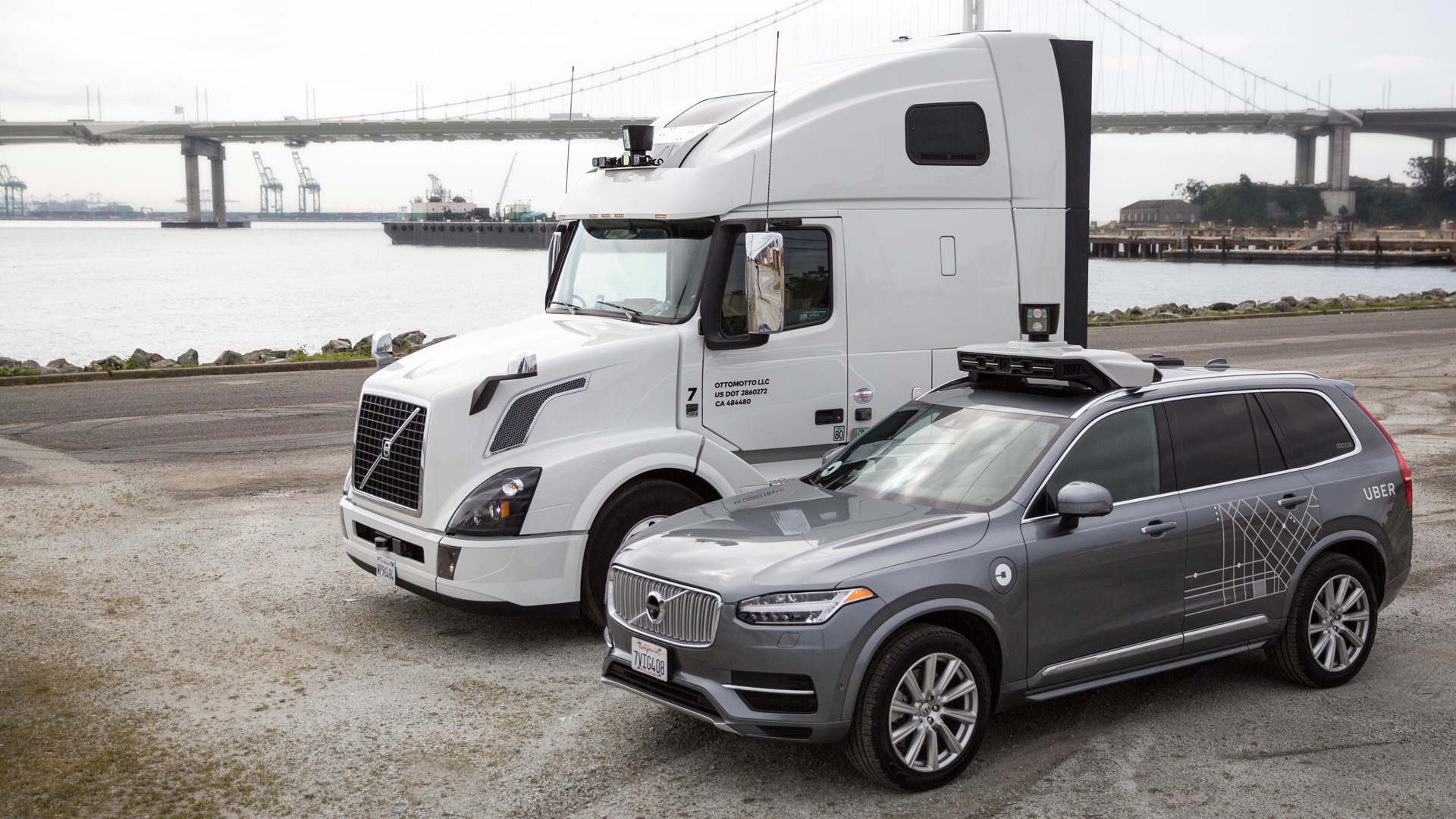

Uber will use Nvidia computers across its entire fleet of self-driving cars and trucks, the two companies announced at CES 2018. The commitment deepens the relationship between Uber and Nvidia and provides a major boost to Nvidia’s self-driving car business.
Uber began using Nvidia processors in its first fleet of Volvo XC90 test mules, and Nvidia hardware is now working its way into other vehicles in the fleet. While Uber started out using converted Ford Fusions as test vehicles, XC90s will soon make up the majority of the fleet. Volvo is building 24,000 of them for Uber.
Nvidia is steadily growing its self-driving car business. In addition to cars built specifically for Uber, Volvo uses Nvidia computers in self-driving cars earmarked for its own in-house development program. Nvidia also supplies computers to Roborace for the series’ autonomous race cars. Last year, Toyota announced that it would begin using Nvidia hardware in its self-driving cars as well.
If self-driving cars really do become the norm, computers will become the new battleground for auto-industry suppliers. Autonomous cars won’t be able to function without a massive amount of computing power. Onboard computers have to interpret data from an array of sensors and make all of the decisions a human driver normally would.
Nvidia clearly sees this as an opportunity. Besides the extended Uber partnership, the tech company announced a number of other projects at CES 2018. Nvidia will partner with Volkswagen to develop artificial-intelligence features for future cars. It will also partner with Aurora Innovation, the mysterious startup that is helping both VW and Hyundai develop self-driving cars. Finally, Nvidia is teaming up with ZF and Baidu on autonomous-car tech for the Chinese market.